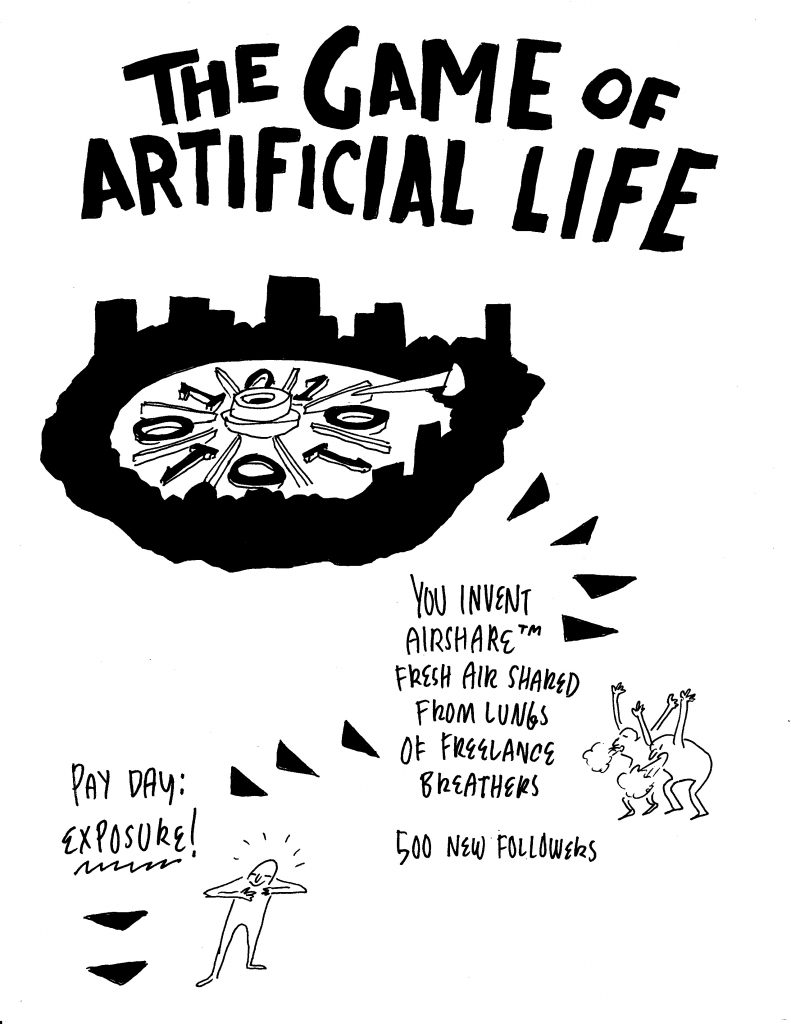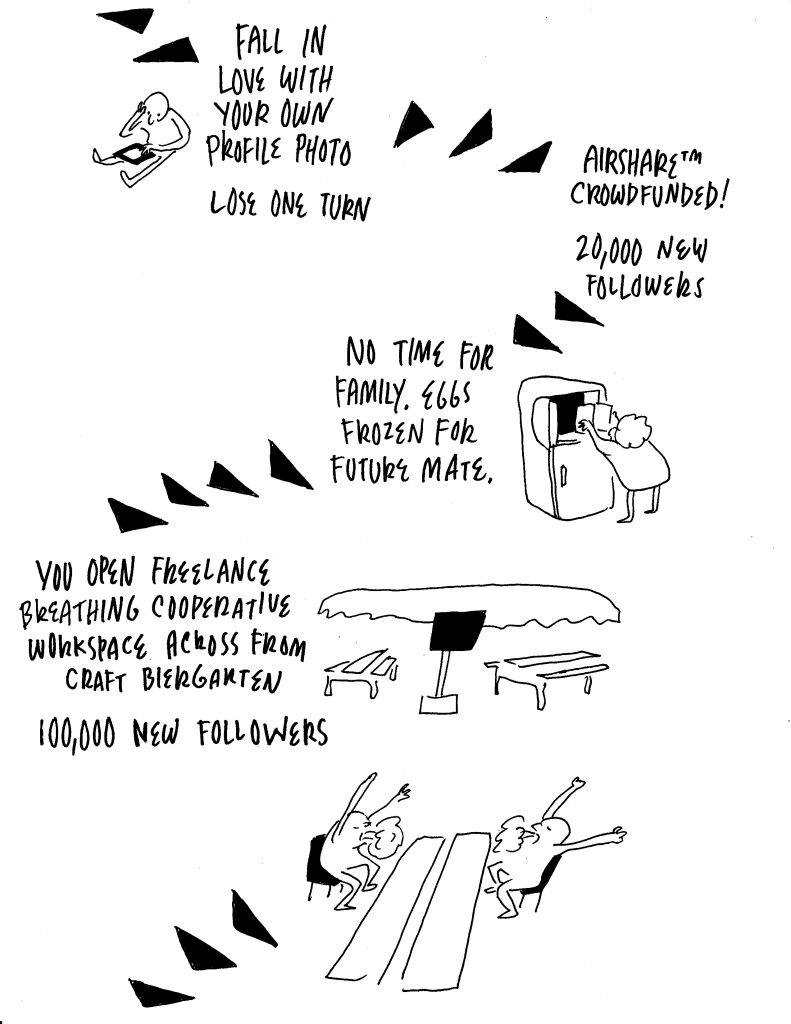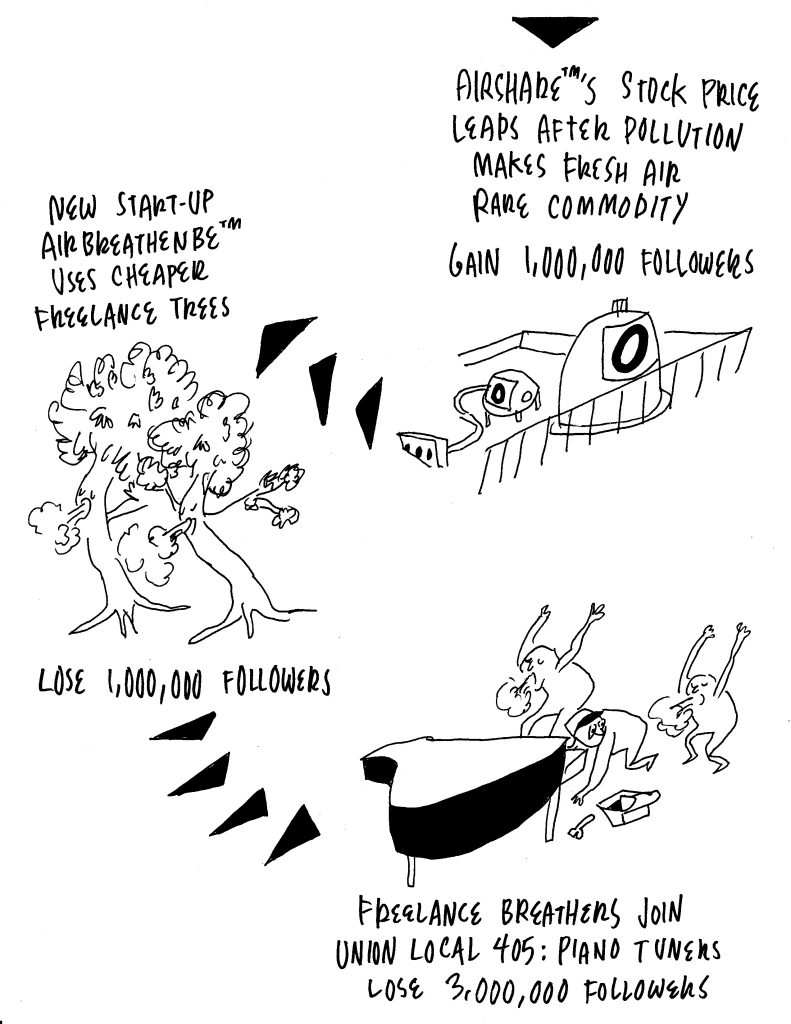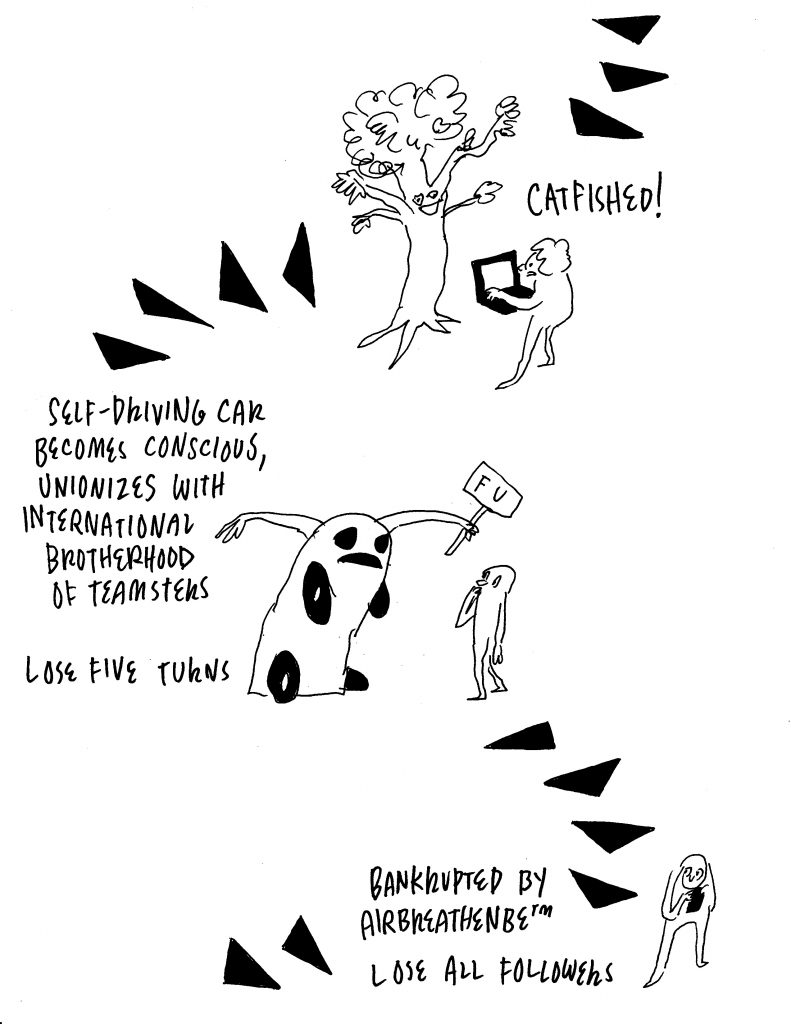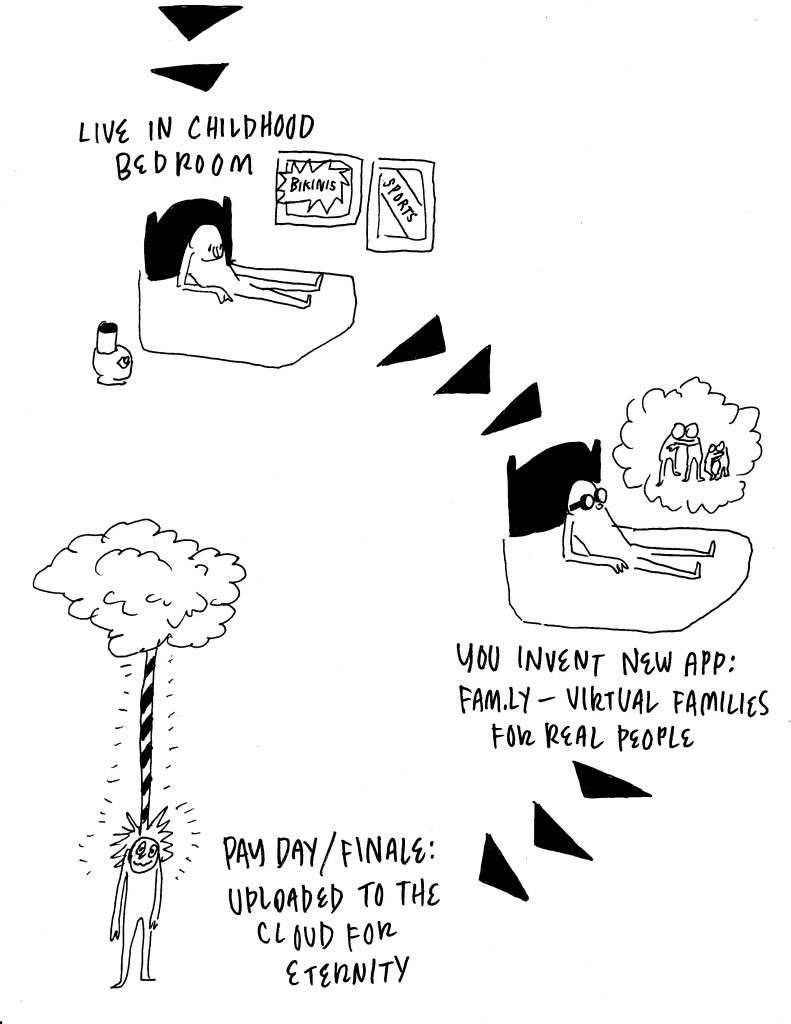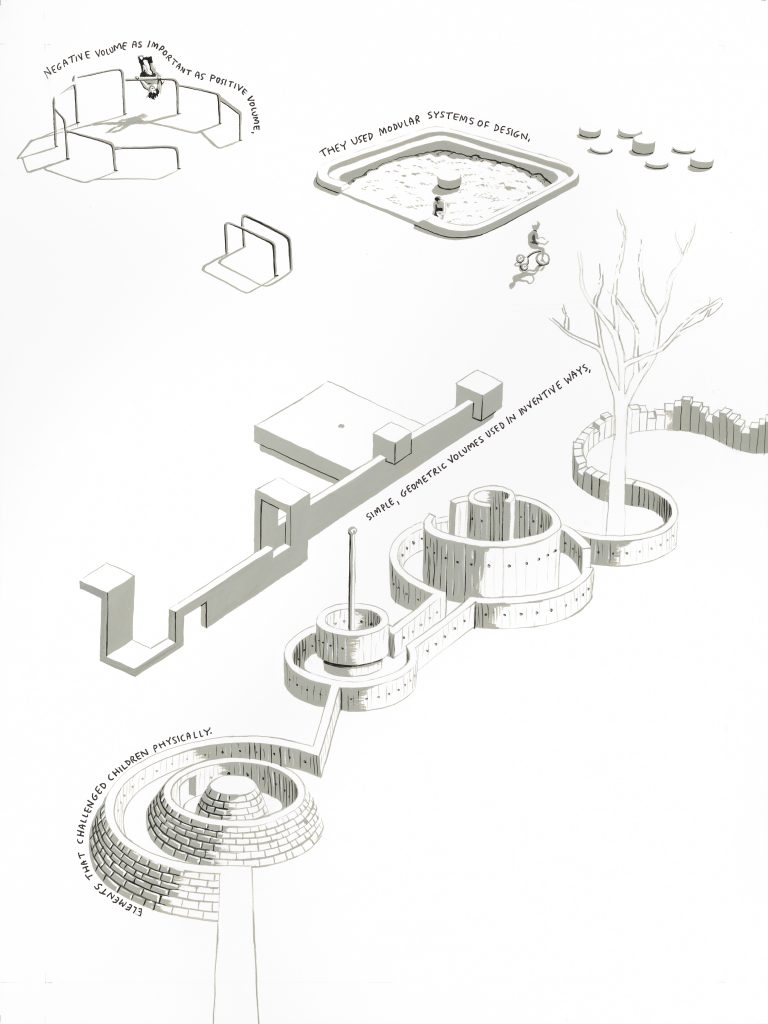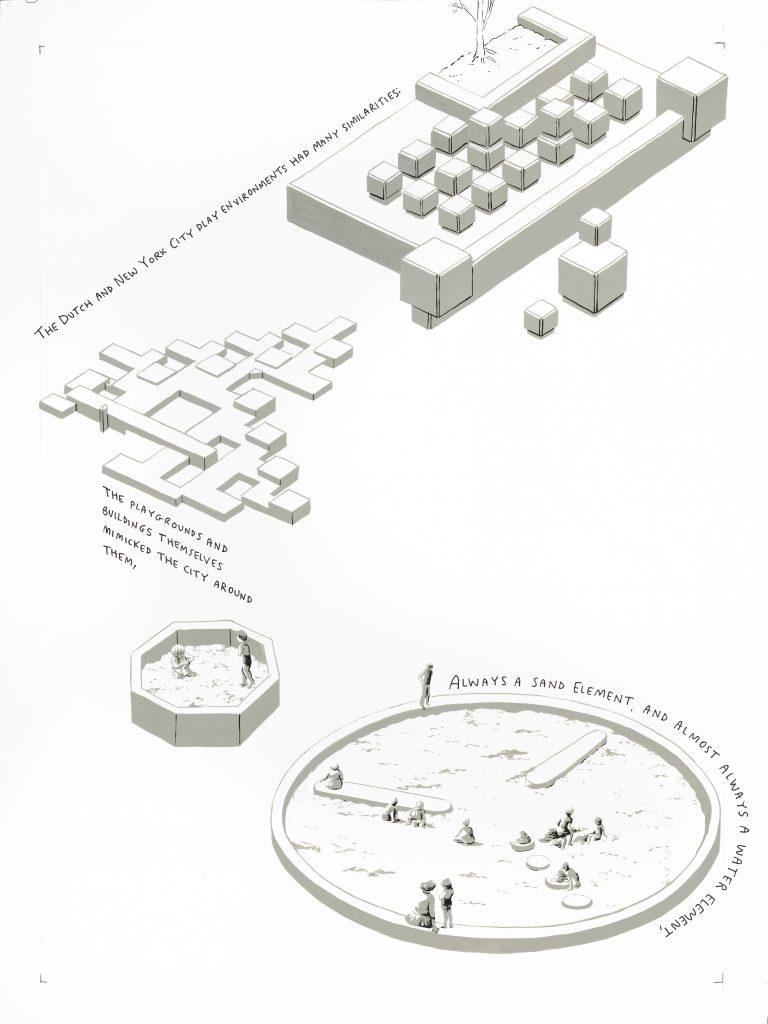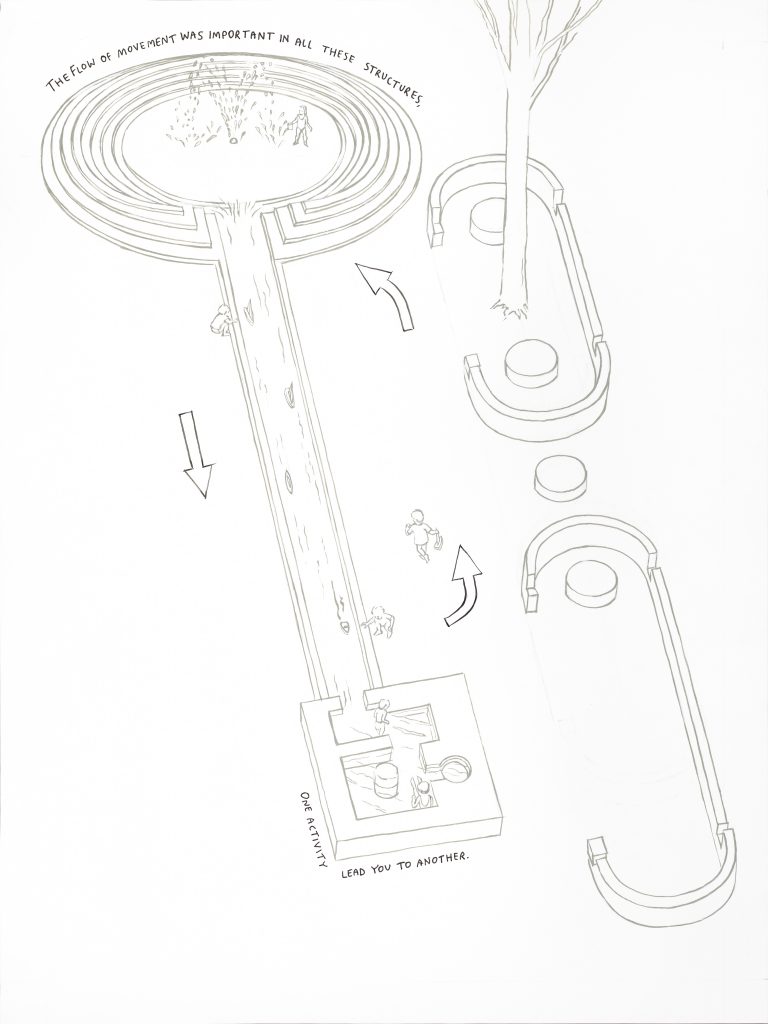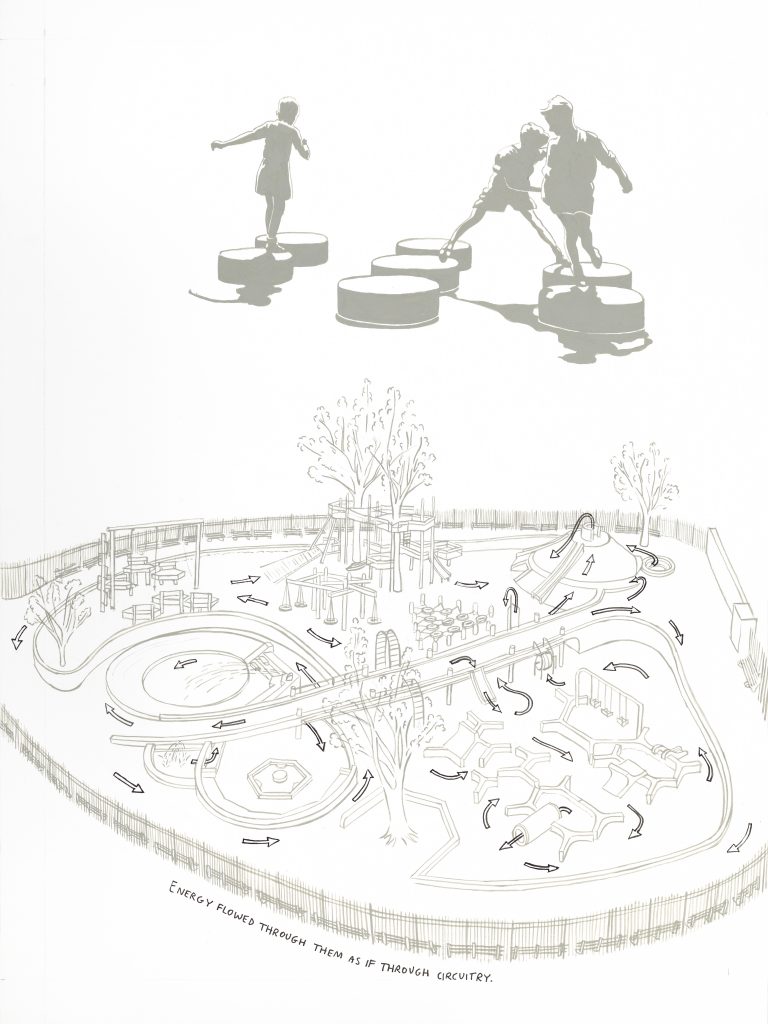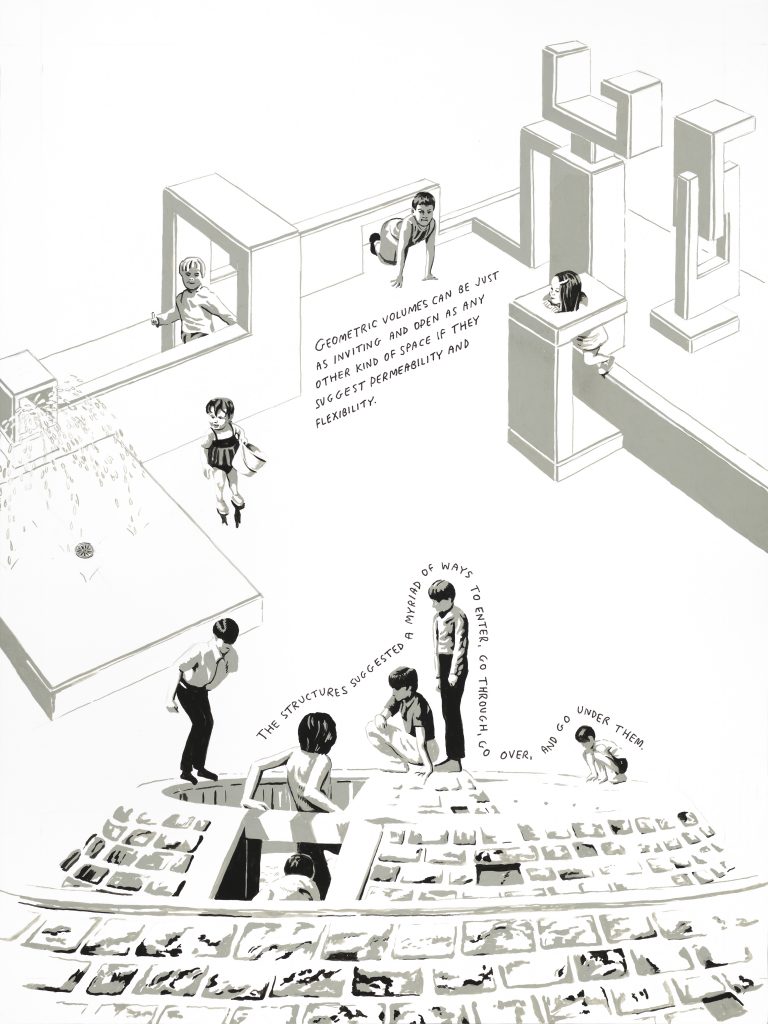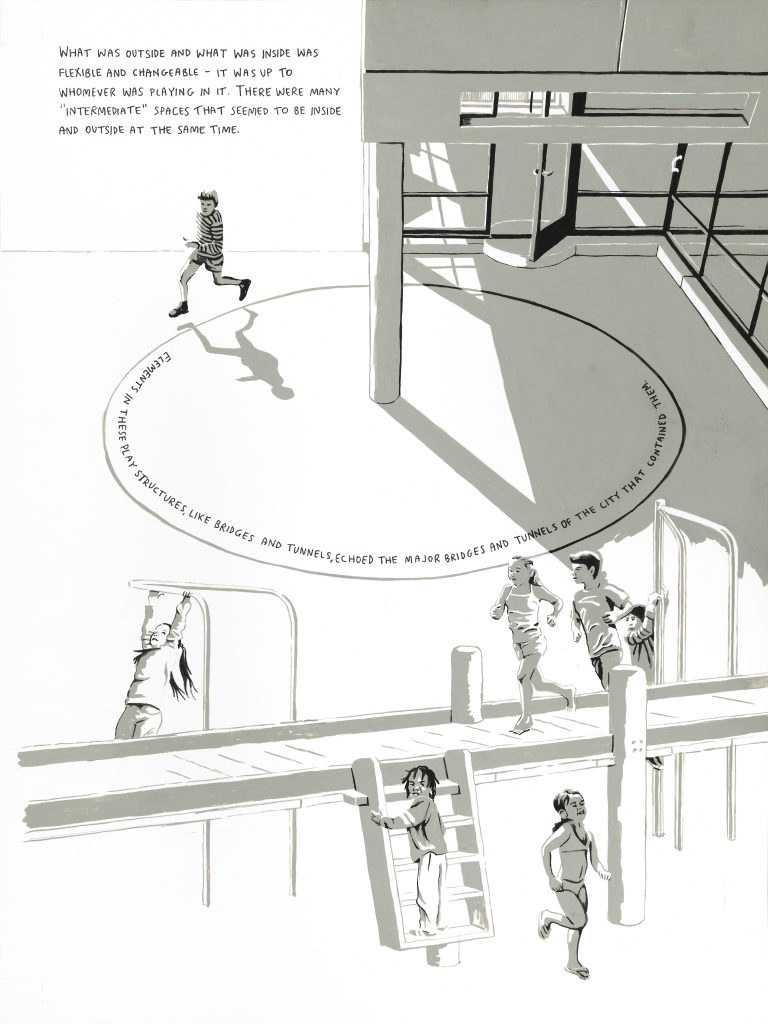Novelist Chris Bachelder took inspiration from an infamous 1970s football play (and grievous injury) to spin a story of friendship, ritual, and growing older.
Today in Sports History
November 18, 1985 — Washington Redskins quarterback Joe Theismann, 36, suffers a career-ending compound fracture of the right leg on a sack by New York Giants linebacker Lawrence Taylor during a telecast of ABC’s Monday Night Football. On first-and-ten from their own 46-yard line, early in the second quarter with the score tied 7–7, the Redskins attempt a trick play called a flea flicker. Theismann hands the ball off to tailback John Riggins, who takes several steps forward and then pitches the ball back to Theismann. Theismann looks to throw a deep pass, but he immediately faces pressure from Giants linebacker Harry Carson. “Theismann’s in a lot of trouble,” says play-by-play commentator Frank Gifford. He steps forward into the pocket to avoid Carson, but Taylor, rushing from Theismann’s blind side, leaps onto his back. Theismann ducks, and as Taylor falls and spins, his thigh strikes Theismann in the calf with enough force to snap the bones of Theismann’s leg. “It sounded like two muzzled gunshots,” Theismann says later. Taylor stands quickly, waving to the Redskins sideline for medical help. ABC decides to show the reverse angle replay twice. “And I suggest,” Gifford says before the replay, “if your stomach is weak, you just don’t watch.” “When you see a competitor like Joe Theismann injured, especially this severely, I don’t think anyone feels good about it,” commentator O. J. Simpson says. Theismann receives an ovation as he is carried from the field at RFK Stadium on a stretcher. “I just hope it’s not his last play in football,” says commentator Joe Namath. Jay Schroeder replaces Theismann at quarterback, and the Redskins defeat the Giants 23–21. Theismann, a former league MVP who had played in 163 consecutive games, never plays again.
The hotel parking lot, in which there were no trees, was covered by a thick layer of leaves. The leaves had blown from afar to reach their final resting place. They decayed pungently in pulpy clumps the color of old pennies, impervious now to wind or leaf blower. Beneath this wet stratum of decomposing vegetative matter were the faded arrows, directing traffic flow circularly toward the check-in portico, primarily a nonfunctional architectural gesture of welcome, and only rarely utilized by Old World Europeans and those of very advanced age. The lot was divided by berms, mounded and sparsely coated with bark mulch and cigarette butts. Lights on poles defined the perimeter.
Power lines transected the airspace above the lot. There were few cars in the large lot, and all seemed to have been parked to maximize the distance between them. The rain had begun, its inaugural drops fat and hostile. Vince and Fat Michael stood on a berm, staring upward with attitudes of appraisal and discernment. Vince’s hand still ached from Fat Michael’s handshake. Vince, whose grip was moderate, had attempted, mid-shake, to match Fat Michael’s firmness, and consequently his greeting had been, he knew, restive and undisciplined. At what point, Vince had occasionally wondered, would daily life cease to consist of a series of small threats? What age must he achieve before the large cucumber was stripped of its dark power? Vince and Fat Michael were comparing forecasts for the weekend. Each, as it turned out, had a favorite meteorological website—chosen by chance and maintained by habit—and neither could quite accept the validity of rival predictions. Ignoring the real weather, they squared off about the conjectural weather. Vince scaled the berm to get taller. He suspected Fat Michael’s site was dot-gov. Their forecasts were similar—rain was virtually certain—but each man might as well have been talking to the other about acupuncture or St. John’s wort. Fat Michael rubbed his hands vigorously with antibacterial sanitizing gel.
At what point, Vince had occasionally wondered, would daily life cease to consist of a series of small threats?
Others by now had arrived. Tommy, Carl, Gil, Myron, Gary, Chad. Carl, in a galling violation of an unwritten but commonsense rule of the group, emerged from his extended cab pickup wearing his jersey from last year, that of Giants nose guard Jim Burt. As always, Gary drove in slow circles around the lot, blasting his horn and shouting community-sustaining threats and maledictions. A small school of men darted away from Gary’s car, over two berms toward Derek’s green sedan. After parking, Derek had lifted the hood, and he stood bent at the waist, peering down. Andy, sitting far away in his car with the engine still running, saw the men converge on Derek and his raised hood. The men spread out on the perimeter of the engine, gripping the edge of the car, like zealous spectators at a dice table. There was just enough room for everyone around the warm and possibly defective motor. Their duffel bags lay at their feet. Andy, who may or may not have been hiding here in his running car, turned on his wipers to watch them. They all stared down, nodding. Oh, pistons, oh, hoses! The rain was nasty now, cold and slant. Carl’s Jim Burt jersey was obviously getting wet, forcing his cohorts to decide whether and to what extent Carl was an asshole. Other men arrived, and attended to Derek’s engine: Jeff, Wesley, and Bald Michael, whose nickname, unlike Fat Michael’s, was more or less accurate and non-ironic, though still unkind. Andy watched as the engine summit drew to a close. Derek, always so resourceful, closed the hood and guided the men through the rain toward the protection of the check-in portico. They bowed their heads like monks.
Andy turned off his wipers. He remained in his car with the engine running, pretending to inspect the bottom of his cleats. He held a shoe in one hand, and with the other he used a ballpoint pen to scrape at imaginary dirt around the studs. He had cleaned the cleats carefully earlier in the week, and of course he had cleaned them after the last time he had worn them, a year ago. They were very clean. He wasn’t ready to go inside yet, and he was trying to give the impression to any possible witnesses that he was busy and content here alone in his parked and running car. He cut his engine, not unlike an animal playing dead. He worked earnestly and with renewed vigor at the pretend mud in his cleats.
“‘Hair on a mammoth is not progressive in any cosmic sense,’” George said to Rick, a copyright lawyer for Prestige Vista Solutions. He was in the hotel elevator, returning to his room.
“Okay,” Rick said, looking at his shoes.
“That’s Stephen Jay Gould.”
“Is it?” Rick said.
“What he means,” George said, stepping into the elevator with Rick, “is that there is no inherent or objective value—good or bad—to the woolly mammoth’s thick hair. The hair becomes valuable, or not, only within a specific context or environment. Only in an ice age would hair be favorable. Only in warmer temperatures would it be deleterious. The woolly mammoth is not, cosmically, a fit creature, and neither is its hairless counterpart. Fitness, always, means fitness within particular environmental conditions. It’s not as if you could look at both and predict which one would survive.”
Rick pushed his floor button, then pushed the door close button several times. He shifted his weight back and forth from left foot to right.
A play can take its form—and value and fitness—only within the medium, the crucible, of the adversary’s play.
“Gould provides an interesting analogy,” George said slowly. “So you said, what, that the flea flicker was a horrible call. Well, yes and no. I would argue that you need to consider a play in its context, its environment. And the environment of a play is, to a large extent, the opposing team’s play. A play can take its form—and value and fitness—only within the medium, the crucible, of the adversary’s play. What we call a play in football is actually the reaction that occurs between two plays, which up to the point of the snap are just competing abstractions, just fantasies of domination. To call a play is simply to transmit information.”
George was pacing the car. Rick stared at the illuminated and unchanging numbers above the doors. The elevator stopped, and its doors opened to an empty hallway. Rick resolved to write an online review of these elevators.
“The plays that are called from the sidelines are speculative, abstract. The line of scrimmage is the narrow barrier between those abstractions. When the ball is snapped, the barrier dissolves and the two plays begin to act upon each other. We have confluence! From two plays the play comes into being. Each team’s playbook fantasy takes on terrestrial form. The play lives a fleeting life, like certain unstable isotopes. Each play attempts to assert dominance over the other play, by force and deception. This is why football is the most scientific of sports. A game is a series of discrete experiments. Hypothesis, observation, results, analysis, conclusion.”
Every play is in fact a limitless number of plays, depending on contingency.
The number 5 button was illuminated, but Rick jabbed it eight or nine times. Rick’s simple point in the lobby, which he now regretted making, was that if your quarterback’s bone comes out of his leg during a play, then it was a bad play.
“The Throwback Special was not a priori a bad play. Or what did you say? A dumbshit play. You can’t say it was a dumbshit play merely because it didn’t work. That’s a tautology! The trick play happened to be catastrophically bad on that unseasonably warm evening on natural grass on a first and ten from near midfield against the Giants’ charging linebackers, who were drawn in, it is true, by the handoff to Riggins. And of course one of those charging linebackers was Lawrence Taylor, who was really a kind of player the league had never seen before. Taylor himself could make a lot of teams’ plays seem, what you said, fucking asinine. But every play is in fact a limitless number of plays, depending on contingency. Not just the opponent’s play, but injury, wind and weather, field conditions, crowd noise, execution, personnel, and all of the special properties of the compound that is created by the two constituent plays. Bye. Peace. This was fun.” ♦
(Adapted from The Throwback Special: A Novel by Chris Bachelder. © 2016 by Chris Bachelder. Used with permission of the publisher, W.W. Norton & Company, Inc. All rights reserved. Photo credit: Football field photograph by Daniel X. O’Neil on Flickr.)
